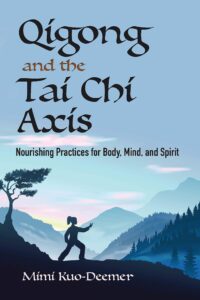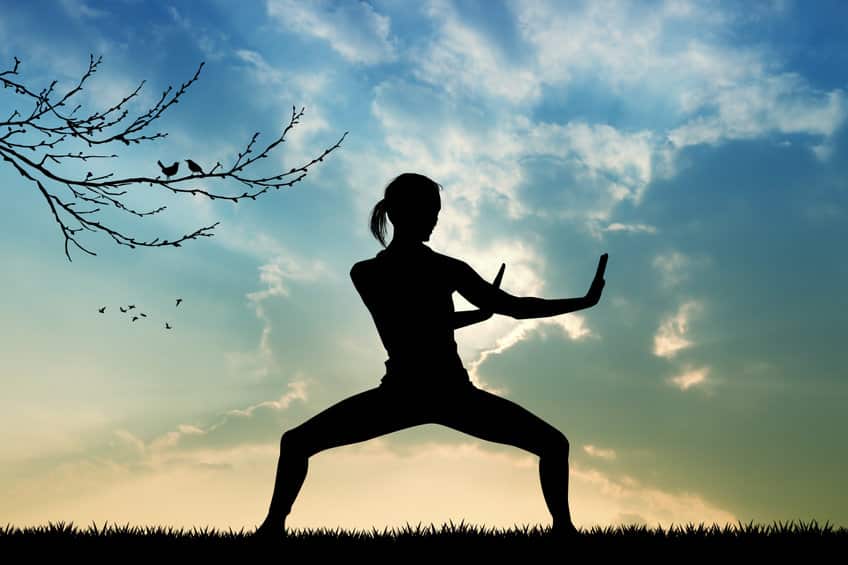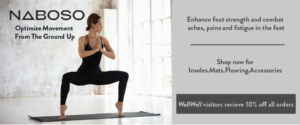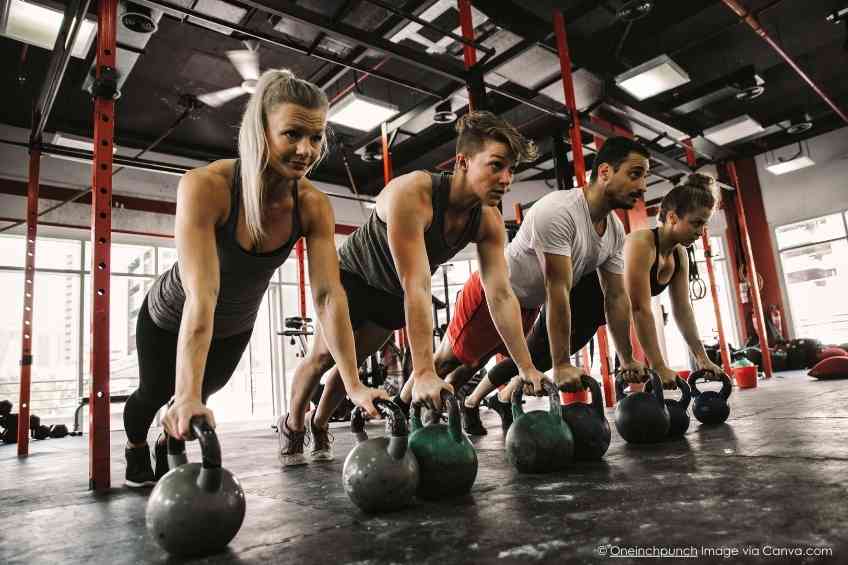When people think of martial arts, they generally picture combat sports or cheesy action movies from the 80’s. Their applications, however, don’t stop there. Martial arts touch on a number of far-reaching benefits. A prime example is qigong, and by extension tai chi. WellWell recently spoke to an expert on the subject, Mimi Kuo-Deemer, author of Qigong and the Tai Chi Axis: Nourishing Practices for Body, Mind and Spirit, on the far reaching mental and physical benefits of both qigong and tai chi.
Many people are at least vaguely familiar with tai chi but probably less so with qigong. How do the two practices differ and complement each other?
Qigong is an umbrella term that actually includes the practices of tai chi. Tai chi is a martial form of qigong. It’s one of three primary internal martial arts but tai chi has become much more widely known because it’s been successfully exported earlier on. Qigong is something that encompasses thousands of years of movement, breathing and meditative practices in China.
When you were first introduced to qigong and tai chi, what were some of the initial benefits you experienced?
I felt rounded and steady and warm in my hands in a way that I hadn’t felt before. I felt a sense of circulation and blood flow that, regardless of how active my yoga practice was, I hadn’t experienced to that point. In the first few months of regular practice, my health improved significantly. Throughout my life I’ve struggled with asthma and digestive disorders, but they all began to shift noticeably when I started practicing qigong.
How does qigong help asthma symptoms?
There’s a beautiful effect that qigong has. It circulates the blood without taxing the lungs. We often try to do intense cardiovascular exercises as a way to increase our circulation, help our heart and our respiratory function but because qigong’s movements are fluid and gentle, we never push the lungs to start working harder than they need to work. And yet, we’re circulating our blood flow much more efficiently. With that it regulates the body, allowing it to support its functions more optimally without depleting your body. 
And yet, despite many of those movements that seem slow moving, it’s still a pretty decent workout, correct?
Absolutely. It builds a lot of stamina and strength. Many of the practices are done standing so legs start to feel increased muscular strength. In Chinese medicine, in qigong, they say that you age from your feet and legs up so if you can start to strengthen the legs you’ll be in great shape.
Often as people get older, their main problem is losing their balance or losing the ability to stand up and down on their own. But with qigong, you’re really working the legs a lot through all of this standing work and then also, using intention quite strongly. So, intention is something that people, until they’ve really felt it, find hard to understand. But intention affects the way in which you decide to move your body. With tai chi, for example, there’s a lot of attention towards intention because of its martial application.
How does that look physically?
So even though it looks like you’re just moving your arm back and forth, what you’re actually doing is imagining that you’re pushing someone’s chest over your thigh to flip them over. So, if you’re going to actually do something like that, you’re going to be strong. Your legs have to be working, your core is working but more than that, it’s your whole body activated. It activates the muscles.
Your book is written and presented in a very accessible way. For someone who’s only just been introduced to these ideas, how important was that for you when you were developing it?
Really important. To make the practices accessible and relatable, to strip it of its esoteric jargons and use real life examples that can help people make sense of why it’s beneficial to practice them was crucial. To get across how movements, like one called separating clouds which is just crossing your arms and lifting them over your head, can provide such value and decrease anxiety, depression and even lift their spirits, it’s important to be accessible. I often feel like many people are scared of something that is about medicine or about a system of practice that they’re not familiar with, especially when it references things like energy and intention. This seems to be true even though energy is, in science, at the heart of every action. Every movement of thermal energy to nuclear energy to kinetic energy, it’s all never lost, it’s just transferred.
The book states that these practices can actually help someone become more empathetic. What are other benefits that the average person would be surprised to find?
I think definitely the effect on people’s emotions is a big one. The Chinese approach to the body is that the organs are not only doing their physiological function but they also have a characteristic emotion and spirit associated with them. And I think often, emotions are sticky and we tend to self-identify as a certain type of emotional person. “I’m just angry all the time” or “I’m just frustrated all the time” or “I’m sad” and we don’t think of them as existing on a spectrum and what Chinese medicine and qigong are saying is that it’s just a quality of balance or imbalance, and so you’re not always going to be an angry, frustrated or sad person.
If you recognize that, “Oh, you know, there’s that tendency in me but if I do a little bit more of this and work with that” then it actually shifts to calmness. Fear can shift to wisdom. It’s very liberating for people to recognize that there is this gradient and that there’s a much wider magnitude for how they can understand their emotional expression.
Given its ability to relieve stress, did you find qigong to be a helpful resource for you during the height of the coronavirus lockdown?
I’ve definitely found it helpful. It offers a connection to the natural world. For me, I’m lucky I live near green space. What I heard though when I offered zoom classes and I had people joining from all over the world, what I heard though from people was how wonderful it could be to feel connected to nature even if they were living in an apartment building. And using the power of intention and visualization to feel like they could be pushing waves with their hands or that they could be dancing with rainbows, these qualities made them feel more connected to nature and also a lot less isolated.
For people who have always been interested in martial arts in general but overwhelmed by them, would you say that qigong is the best place to start given that it is so forgiving?
It is a wonderful place to start. What I would say though is because qigong is such a blanket term, there’s like 7000 forms of it and it’s hard to know where to start. So, there are a few classical forms that have been handed down, many different interpretations and variations of them but they are more or less really safe to do and they should start with those.
 About Mimi Kuo-Deemer
About Mimi Kuo-Deemer
Mimi Kuo-Deemer Mimi is an author and teacher of both students and other teachers of qigong, internal martial arts, mindfulness and yoga. She has written several works including, Qigong and the Tai Chi Axis: Nourishing Practices for Body, Mind and Spirit and Xiu Yang: Self-cultivation for a Happier, Healthier and Balanced Life.
Learn More At www.mkdeemer.com













